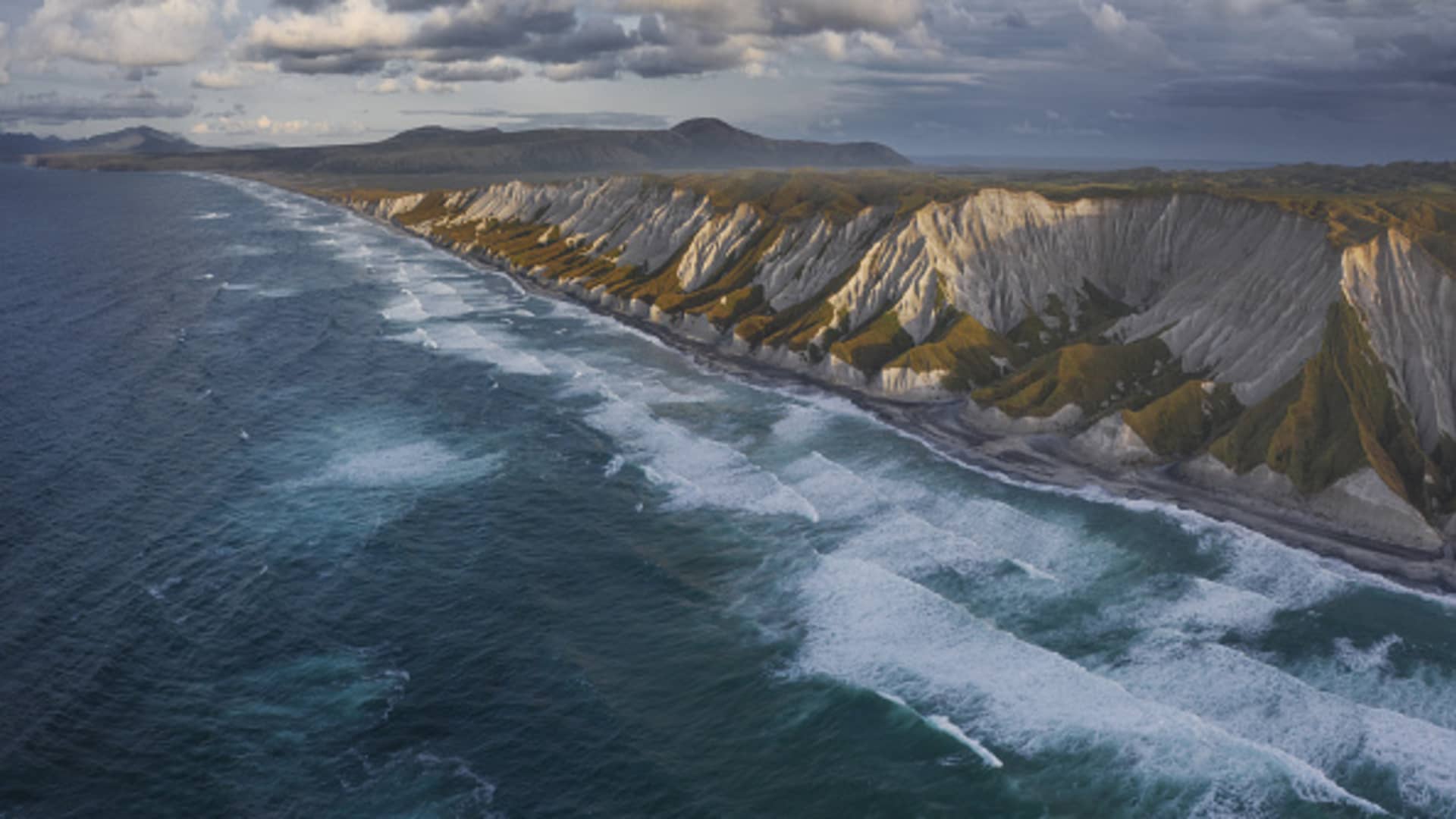Kamchatka Trembles: Analyzing the Recent Earthquake Events
A Region Under Seismic Stress
The Kamchatka Peninsula, a remote and sparsely populated region in Russia’s Far East, has recently experienced a series of significant earthquakes, drawing international attention and raising concerns about potential tsunami threats. These events, varying in magnitude but collectively indicative of heightened seismic activity, highlight the region’s vulnerability and the critical need for robust monitoring and preparedness measures. This report analyzes the recent earthquakes, focusing on their magnitude, impact, and the subsequent tsunami warnings issued.
The Wednesday Earthquake: A Magnitude 8 Jolt
On Wednesday, a powerful earthquake struck off the coast of the Kamchatka Peninsula. Initial reports varied slightly, but most sources converged on a magnitude of 8.6 for this significant seismic event. The United States Geological Survey (USGS) reported that the earthquake’s hypocenter was relatively shallow, at a depth of 19.3 kilometers (approximately 12 miles). Shallow earthquakes are often more destructive due to their proximity to the Earth’s surface.
This major earthquake triggered immediate tsunami warnings across the Pacific region. The Japan Meteorological Agency issued a tsunami advisory for Japan, while the U.S. Tsunami Warning Center also issued warnings. Local officials in Kamchatka urged residents to move away from the coastline, with reports indicating that a tsunami with a height of 3-4 meters (10-13 feet) was recorded in some areas. The Kamchatka Governor described the earthquake as the “strongest in decades” for the region.
Earlier Seismic Activity: A Prelude to the Main Event?
Prior to Wednesday’s major earthquake, the Kamchatka Peninsula experienced a series of other seismic events, including one week prior to the main event. These earlier quakes, although of lesser magnitude, served as a reminder of the region’s tectonic instability. One week prior reports indicated a magnitude 7.4 earthquake struck near Petropavlovsk-Kamchatsky, Russia. This quake, along with others in the series, prompted brief tsunami alerts in Russia and Hawaii.
The USGS reported the 7.4 magnitude quake struck at a depth of 20 kilometers. Following this, the Pacific Tsunami Warning Center issued a warning that hazardous tsunami waves were possible within 300 kilometers (186 miles) of the epicenter.
Tectonic Setting: Understanding the “Why” Behind the Shakes
The Kamchatka Peninsula is located in a highly seismically active zone, a consequence of its position along the Pacific Ring of Fire. This ring is a horseshoe-shaped belt around the Pacific Ocean characterized by a high concentration of volcanoes and earthquake epicenters. The region’s intense seismic activity is primarily due to the subduction of the Pacific Plate beneath the Okhotsk Plate.
Subduction zones are areas where one tectonic plate slides beneath another. This process generates immense pressure and friction, leading to frequent earthquakes. The shallow depth of many earthquakes in the Kamchatka region, combined with the magnitude of some of these events, makes the area particularly prone to tsunami generation.
Impact and Response: Evacuations and Damage
The immediate aftermath of the Wednesday earthquake focused on issuing tsunami warnings and conducting evacuations. Local authorities in Kamchatka urged residents to move away from coastal areas, and evacuations were carried out in some regions. While initial reports indicated some damage, the full extent of the impact remains to be assessed.
The speed and effectiveness of the tsunami warning systems played a crucial role in mitigating potential damage and loss of life. Japan’s prompt issuance of a tsunami advisory, along with warnings from the U.S. Tsunami Warning Center, allowed for timely responses in vulnerable areas.
Tsunami Threats: A Pacific-Wide Concern
Tsunamis generated by earthquakes can travel across entire ocean basins, posing a threat to distant coastal communities. The recent earthquakes off the Kamchatka Peninsula raised concerns about potential tsunami impacts across the Pacific. While the immediate threat has subsided, the events serve as a reminder of the destructive power of tsunamis and the importance of maintaining robust warning systems.
Conclusion: A Region Prone to Seismic Activity
The recent earthquakes off the Kamchatka Peninsula underscore the region’s vulnerability to seismic activity. While the immediate tsunami threat has passed, the events emphasize the need for continued monitoring, preparedness, and investment in early warning systems to protect vulnerable coastal communities. The Kamchatka Peninsula’s location along the Pacific Ring of Fire ensures that it will remain a region prone to future earthquakes, making proactive measures essential for mitigating future risks.

